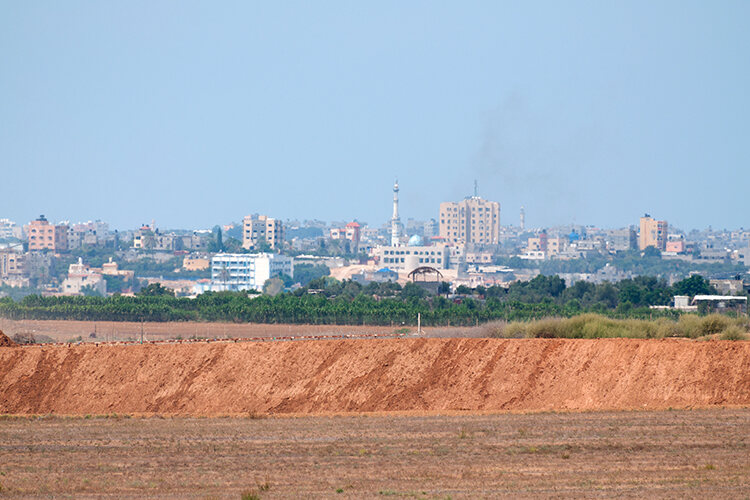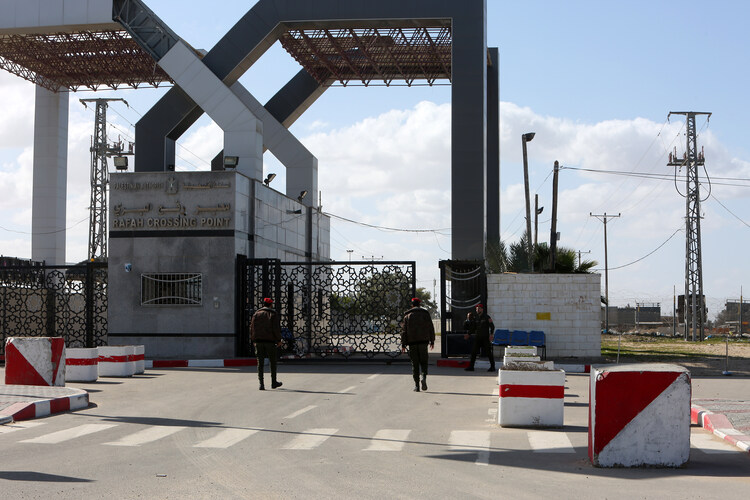
A detailed map of the most densely inhabited and controversial strip of land in the world
The Gaza Strip, with a population of more than two million, is a tiny enclave on the eastern coast of The Mediterranean Sea bordered by Israel and Egypt. It is one part of the state of Palestine, along with the West Bank (a land-locked territory bordered by Israel and Jordan).
The population is crammed into an area of 365 sq kilometres, just over 40km in length and only 12 kilometres at its widest point. Nearly 700,000 people live in Gaza City.

Half of the population in Gaza are children. A large portion of this fast-expanding population resides in some of the most densely inhabited cities and camps in the world.
The majority of those residing in the Gaza Strip are regarded as refugees by the United Nations. Over many years, refugee camps have transformed into permanent communities that fit in with the metropolitan surroundings. For basic services and food, around 80 per cent of the population is dependent on foreign help.
Since 2007, when Hamas seized power in the Gaza Strip and Israel’s Security Cabinet declared the area to be a ‘hostile entity,’ Israel has implemented a land, air, and sea embargo. The Gaza Strip’s land border is extensively secured with concrete barriers and double-wired fences. These lines of demarcation follow the ‘Green Line,’ which was drawn following the conclusion of the Arab-Israeli War of 1967. Additionally, entry to a 100-300-metre buffer zone inside the territory’s boundary is restricted.

Before the war currently taking place in the region, a small number of civilians were permitted to cross two borders: one into Egypt in the south and one into Israel in the north. Border crossings on the territory’s eastern side have been closed over time. An extra large-scale crossing that acts as a checkpoint for products arriving from Egypt is located in the territory’s bottom corner.
Much of the Gaza Strip’s infrastructure is in ruins as a result of years of fighting and underfunding.
For instance, the entire region is served by a single diesel power plant. Power cables from Israel’s neighbouring territory flow into Gaza, but even when there is no war, the area has a significant electrical shortage.

Gaza gets its fresh water via desalination facilities and the Coastal Aquifer, an underground water source that is depleting owing to over-extraction. The situation is getting better thanks to international help, but infrastructure hasn’t recovered from years of neglect and sporadic airstrikes.
Due to international funding, the infrastructure for water treatment has been gradually improving, and less raw sewage is currently entering the Mediterranean Sea.




